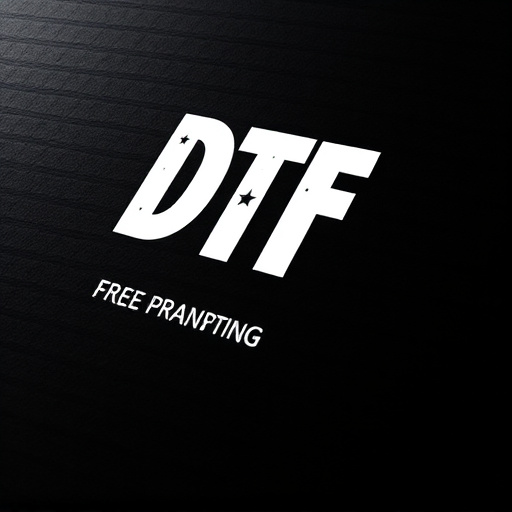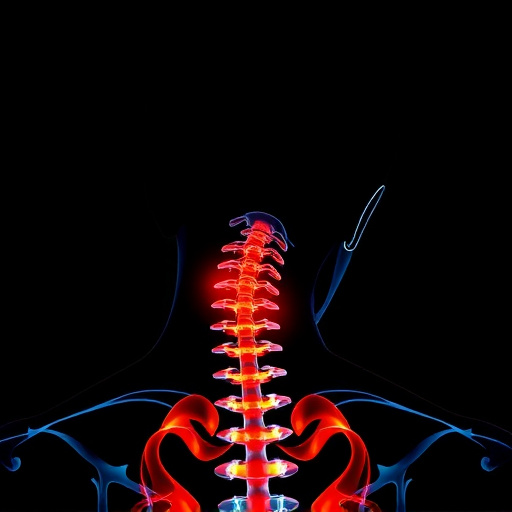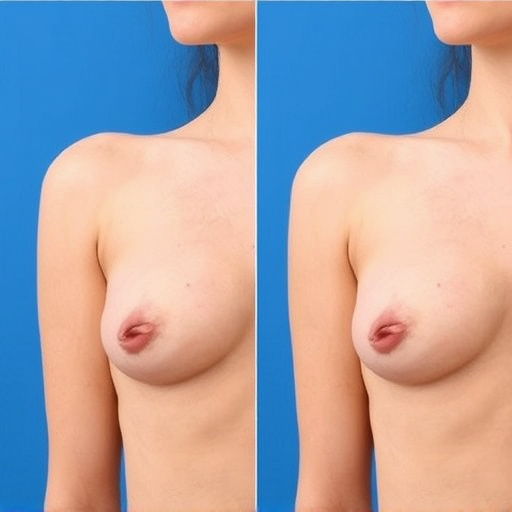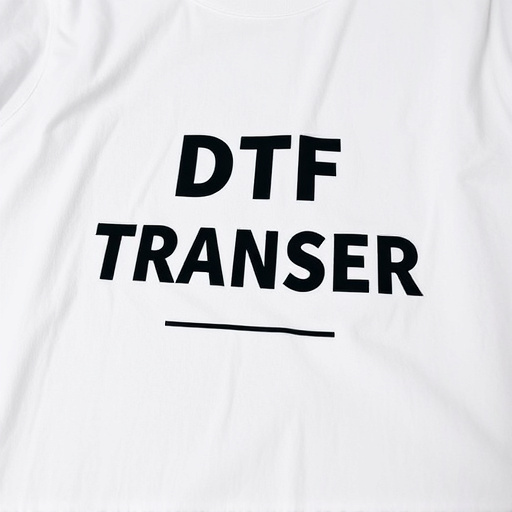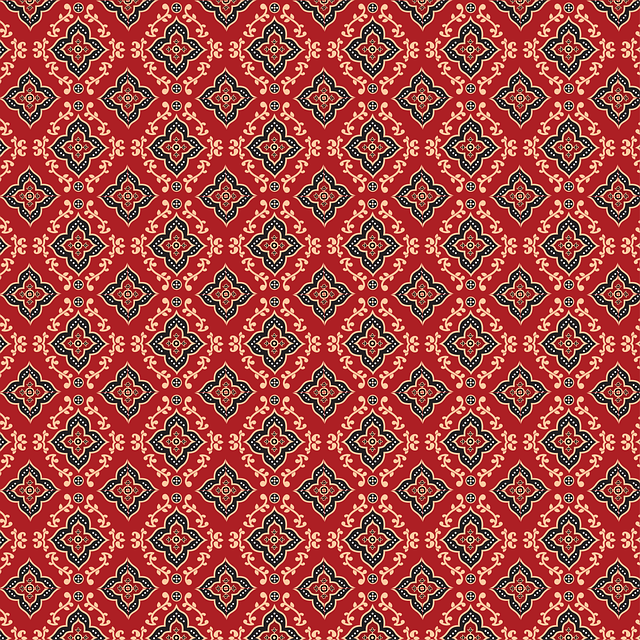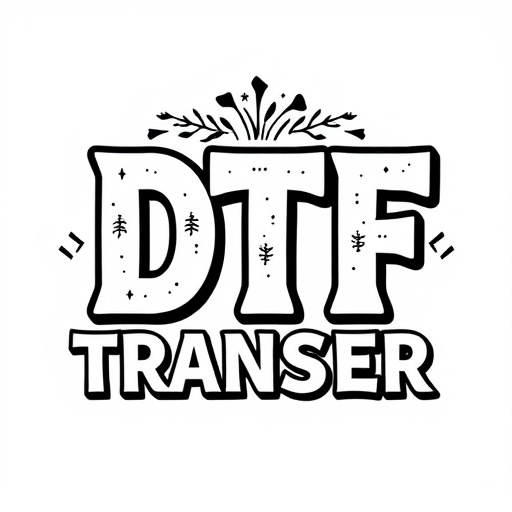Direct-to-Film (DTF) technology offers superior print longevity and quality over traditional methods. Key factors affecting DTF lifespan include material quality, storage conditions (avoiding sunlight, extreme heat), humidity control, and environmental exposure. Indoor vs outdoor prints require distinct approaches – lab settings for optimal durability vs specialized inks/laminates for outdoor use. Extreme temperatures, humidity, and light degrade DTF transfers; regular cleaning, proper storage, and archival sleeves extend print life. Case studies show DTF prints lasting 3-5 years outdoors/under optimal conditions, making it a reliable solution for various applications.
Direct-to-film (DTF) transfer technology has revolutionized print and apply labeling, offering durable solutions for various industries. This article delves into the longevity of DTF transfers, exploring key factors influencing their lifespan and practical tips to enhance durability. From lab comparisons to real-world case studies, we analyze environmental impacts and maintenance strategies. Understanding these aspects ensures optimal performance and longevity of DTF prints in diverse applications. Discover insights on enhancing the resilience of your DTF transfers across different sectors.
- Understanding Direct-to-Film (DTF) Transfer Technology
- Key Factors Influencing DTF Transfer Lifespan
- Lab vs. Outdoor DTF Prints: Durability Comparisons
- Environmental Conditions and Their Impact on DTF Lifespan
- Maintenance Tips for Extending DTF Print Longevity
- Case Studies: Real-World DTF Transfer Durability Analysis
Understanding Direct-to-Film (DTF) Transfer Technology
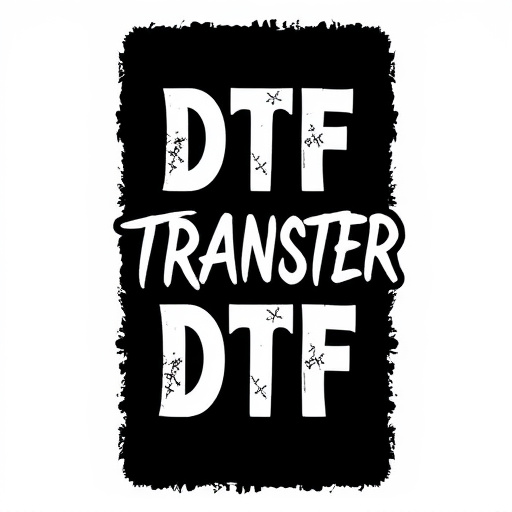
Direct-to-Film (DTF) transfer technology is a cutting-edge process that revolutionizes the way we reproduce and preserve images, particularly in the realm of printing. Unlike traditional methods that involve multiple layers of ink and paper, DTF transfers ink directly onto the surface of film, creating a robust and long-lasting bond. This innovative approach ensures that prints retain their vibrancy and clarity for extended periods.
The lifespan of DTF transfers is a significant advantage over other printing techniques. The direct application of ink to film forms a durable barrier, protecting the image from fading, chipping, or cracking. As a result, DTF prints are ideal for applications requiring longevity, such as archival documents, decorative signage, and even in challenging environments where traditional prints might struggle to withstand wear and tear.
Key Factors Influencing DTF Transfer Lifespan

Several key factors significantly influence the lifespan of Direct-to-Film (DTF) transfers and prints. One of the primary considerations is the quality of the initial film or print used for the transfer. High-resolution, archival-grade materials ensure better durability during the transfer process. Additionally, the expertise involved in the DTF printing process plays a crucial role; skilled technicians can optimize settings to prolong the life of the final product.
The environment in which the DTF prints are stored or displayed is another critical aspect. Exposure to direct sunlight and intense heat can accelerate fading, making it essential to keep them away from such conditions. Humidity levels should also be monitored to prevent mold or mildew damage, which can significantly reduce the lifespan of these transfers.
Lab vs. Outdoor DTF Prints: Durability Comparisons

When comparing Direct-to-Film (DTF) prints made in a lab environment versus outdoor applications, durability becomes a key factor for consideration. Lab-produced DTF Transfers often benefit from controlled conditions, allowing for precise setting and curing of inks, resulting in superior longevity. These prints are less susceptible to fading, chipping, or peeling over time, making them ideal for indoor displays where light exposure is minimal.
Conversely, outdoor DTF Prints face unique challenges due to constant exposure to varying weather conditions, UV radiation, and potential physical damage. While specialized inks and laminates can significantly enhance their durability, they typically don’t match the indoor lab prints’ resistance. Nevertheless, advancements in DTF Printing technology have led to robust solutions for outdoor advertising, signage, and art installations, ensuring vibrant displays that can withstand the elements.
Environmental Conditions and Their Impact on DTF Lifespan

The lifespan of a direct-to-film (DTF) transfer is heavily influenced by environmental conditions. Factors such as temperature, humidity, and exposure to light play a significant role in determining the longevity of DTF prints. Extreme heat can cause the ink to fade or crack, while cold temperatures may result in warping or loss of adhesion. High humidity levels can accelerate the degradation of both the film and ink, leading to premature fading or peeling. Conversely, low humidity can make the prints brittle over time.
Light exposure is another critical aspect; direct sunlight or intense artificial lighting can break down the chemicals in DTF transfers, causing colors to fade rapidly. Indoor environments with controlled lighting conditions are ideal for maintaining the vibrancy of DTF prints. Proper storage practices, including keeping them away from direct light and maintaining a balanced humidity level, can significantly extend the lifespan of these transfers, ensuring their durability under various conditions.
Maintenance Tips for Extending DTF Print Longevity

To maximize the lifespan of your direct-to-film (DTF) transfers, proper maintenance is key. Regular cleaning and inspection are essential practices to prevent buildup of dirt, dust, or moisture, which can degrade the print quality over time. Use soft cloths or brushes to gently wipe down the DTF prints, removing any visible debris or smudges. Avoid aggressive scrubbing or exposure to harsh chemicals, as these can damage the delicate film surface.
Additionally, store your DTF prints in a cool, dry place, away from direct sunlight and extreme temperatures. Consider using archival-quality sleeves or folders to protect them from physical wear and tear. By following these simple maintenance tips, you can significantly extend the longevity of your DTF transfers, ensuring their vibrancy and clarity for years to come.
Case Studies: Real-World DTF Transfer Durability Analysis

Direct-to-film (DTF) transfers have gained significant popularity in various industries due to their vibrant prints and ease of application. However, understanding their durability is essential for businesses and consumers alike. Case studies offer a glimpse into the real-world performance of DTF transfers over time.
Research has shown that under optimal conditions, DTF prints can maintain their quality for several years. Factors such as exposure to sunlight, heat, moisture, and friction can impact the longevity of these transfers. For instance, a study conducted by a leading print technology firm revealed that DTF transfers on vinyl materials could last up to 5 years outdoors without significant color fading or loss of integrity. Another case highlighted the durability of DTF prints on textile surfaces, with some garments retaining their vivid colors and crisp graphics even after 3 years of continuous wear and wash cycles. These studies underscore the potential of DTF printing as a reliable and long-lasting solution for various applications, from advertising to fashion and customization.

